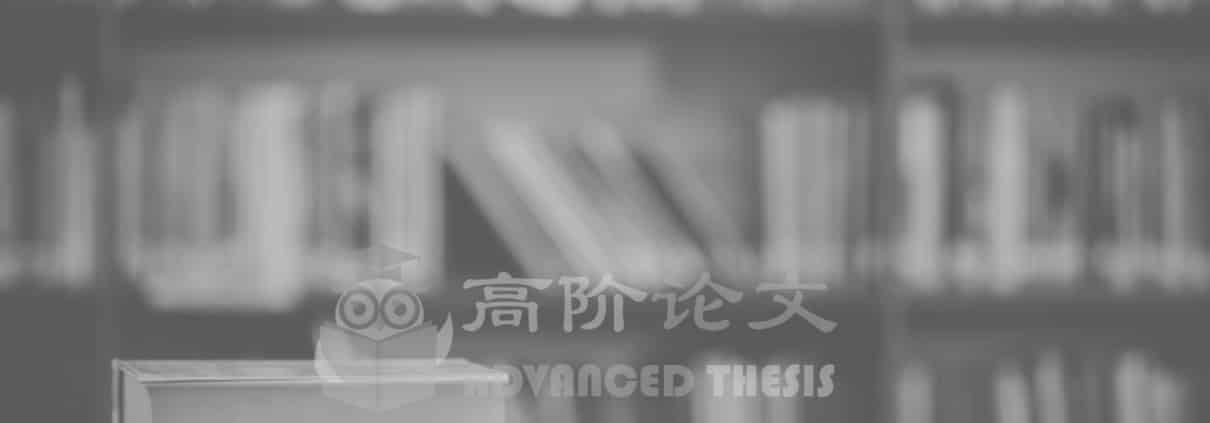论文抄袭:柏林战争
论文抄袭:柏林战争
柏林战争不仅仅是政府阻止难民涌入的努力。它最终成为冷战的象征。这被解释为不仅仅是一个障碍。柏林墙持续了28年,被东德政府视为“反法西斯的防御工事”。直到1989年冷战结束时,这堵墙才被拆除。东德和西德后来成为一个国家。修建柏林墙的原因阻止了难民涌入这个国家(Feversham, and Schmidt, 2007)。这是一个政治议程。这个国家想要阻止固有的中产阶级化,因此一部分德国人背弃了自己的人民。有许多主题和潜在的政治议程可以在这个分析中尝试。柏林墙有着丰富的历史和象征意义。从柏林墙的分裂中可以看到文化的几个方面和影响。它是冷战事件的象征。在柏林墙中提出了几种理论和象征。在这个柏林墙的建筑中观察到一个有趣的符号学现象。在这个研究设计中,已经有了关于如何用不同的媒介来表现柏林墙的广泛研究。
在这个项目中,政治议程、街头艺术、士绅化和建筑体现了柏林墙的分裂。政治议程关注的是建设项目的政治性质的各种潜在政治假设。街头艺术关注的是人们如何看待柏林墙的建设。士绅化是将低收入社区改造为富裕社区的过程,探索了该项目固有的建筑风格。这些是本报告将审查的主要主题。本研究采用质性研究方法。这种方法的目的是对问题进行建构主义的世界观,并从整体的角度来理解问题。为了本研究的目的,我们解释了柏林墙对参与者的意义和他们的经历。这一点在历史分裂时期就与难民的关系进行了探讨。问卷调查和反馈是开放式的一般问题,让参与者体验他们对柏林墙的理解。详细探讨了这些地方的背景、设置、主观视角和反思。对于研究的一些元素,使用半结构式访谈、人种志和可视化文档记录了参与者的观察。
论文抄袭:柏林战争
Berlin war was more than an effort by the government to stop influx of refugee. It eventually became a symbol of the cold war. It was construed to be more than just a barrier. The Berlin Wall lasted 28 years and was considered was an “anti-Fascist protective rampart” by the East Government. It was only during the end of the Cold war in 1989, this wall was demolished. East and West Germany subsequently become one whole country. Reason for the construction of the Berlin wall stops the refugee influx into the nation (Feversham, and Schmidt, 2007). This was a political agenda. The country wanted to stop the inherent gentrification, hence one part of German turned its back against its own people. There are many themes and underlying political agendas that can be essayed in this analysis. There is a rich history and symbolization that is embedded to the Berlin wall. There has been several aspects and impact of culture that is seen in the Berlin wall divide. It is a symbolization of the events of the cold war. There has been several theories and symbolization that has been proposed in this Berlin wall. There is an interesting semiotics that is observed in this Berlin Wall construction. For this research design, there has been extensive investigation of how to represent the Berlin wall in terms of different mediums.
Berlin wall division has been expressed by the political agenda, street art, gentrification and architecture in this project. Political agenda focuses on the political nature of the construction of the project various underlying political assumptions. Street art focuses on how the Berlin wall construction has been considered by the people. Gentrification is the process of reorienting the lower income neighbourhood with the richer neighbourhood and inherent architecture of the project was probed. These are the main themes that will be examined in this report.For the purpose of this research qualitative research study was followed. Purpose of this approach was to conduct a constructivist world view of the issues and to understand the issues form a holistic angle. For the purpose of this research the meaning of the Berlin wall to the participants and their experience has been explained. This has been probed with respect to the relationship with the refugees during the historical division. Questionnaire and feedback that was constructed was open ended general queries that enabled the participant to experience their interpretation of the Berlin wall. Context and setting and the subjective perspective and retrospection of the places has been probed in detail. For some elements of the research there was participant observation was noted using semi-structured interviews, ethnography and visual documentation.







